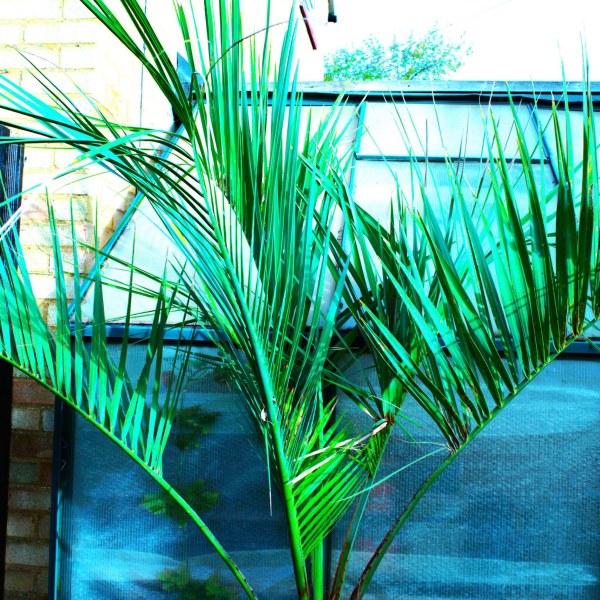The distinction between Butia capitata and Butia odorata is a result of taxonomic revision and improved botanical understanding over time. Both are members of the Arecaceae family and commonly referred to as jelly palms due to their edible fruit.
Historical Background & Taxonomic Changes
Originally, Butia capitata was the widely accepted name for a group of feather-leaved palms native to South America. However, this name was based on a description of a palm from Bahia, Brazil, which turned out to be quite different from the plants commonly cultivated under that name in horticulture.
In more recent taxonomic studies, botanists determined that the species widely grown in gardens—particularly in the UK, Europe, and the United States—is actually a different species, now recognized as Butia odorata. The true Butia capitata is a rarer palm restricted to Brazil, while Butia odorata is native to Uruguay and southern Brazil.
Differences Between Butia capitata and Butia odorata
- Geographical Distribution
- Butia capitata: Found mainly in Bahia, Brazil, in warmer, drier climates.
- Butia odorata: More widespread in southern Brazil, Uruguay, Paraguay, and northeastern Argentina, in cooler and more humid regions.
- Size and Growth Habit
- Butia capitata: Typically a smaller palm with a more compact trunk.
- Butia odorata: Tends to be larger and more robust, often with a thicker trunk.
- Leaf and Crown Appearance
- Butia capitata: Has stiffer, more upright leaves with a bluish-green tint.
- Butia odorata: More graceful, arching fronds that appear greener.
- Hardiness and Cultivation
- Butia odorata is better adapted to temperate climates and is much more commonly grown in gardens, particularly in the UK.
- Butia capitata is less commonly cultivated outside its native range.
Why the Name Change?
For many years, horticulturalists used Butia capitata to refer to what is now Butia odorata, which led to widespread confusion. Botanists later reviewed the original specimens and found that the plant grown in gardens was actually a separate species, necessitating the recognition of Butia odorata as its own distinct entity.
In practical terms, if you’re growing a “jelly palm” in the UK or elsewhere in Europe, it’s almost certainly Butia odorata, not Butia capitata. However, older plant labels and references may still use Butia capitata, even though it’s incorrect for most cultivated specimens.
Details on growing Butia odorata in the UK


